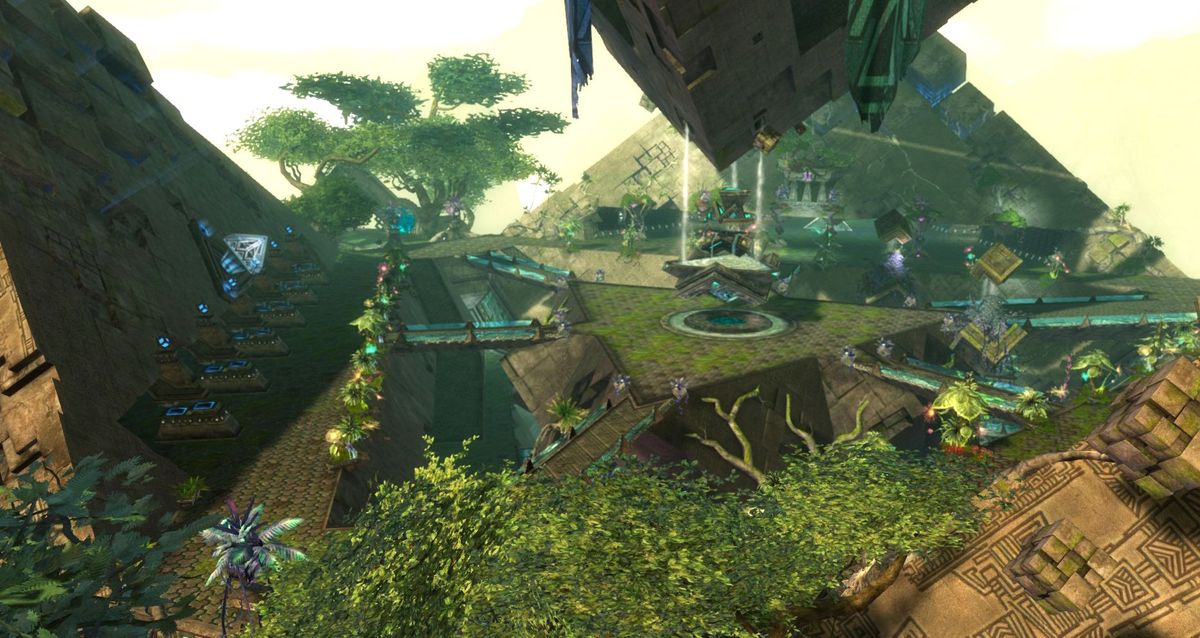

Maybe the deities of your world are simply super-powered mortal saints who command the elements. The way that Deities may be portrayed in your world may be much different than they are in other campaigns and games. Gods are complicated entities, to say the very least, as their cumulative knowledge and power overshadows even the greatest of mortal minds, with the abilities to pull the strings of countless souls on several worlds and planes - and playing intricate mind-games with others of their kind throughout time and space, using mortal beings as merely pawns in these cosmic shows. So the question arises: How should one go about embodying such a vast force of nature and will? Pandimensional, multi-faceted beings of cosmic intent with plans, schemes, and machinations several thousand years in the making - with the powers to level whole cities, countries, and potentially worlds - where the lives of mere mortals are but an eyeblink in their greater lifetimes. Part 7: Divine Objects items and equipment used to ascend to godhood, were once touched by ascended or powerful beings, and items used by the hands of Gods themselves. This section also addresses godly forms of madness - known as Divine Rampancy. It also lists divine feats available only to deities, each of which can have specific requirements, or prerequisites to attain or use. Part 6: Divine Power describes additional epic boons, as well as epic maneuvers available to mortals and divine alike. Part 5: Divine Races extrapolates upon forms of divine races, such as a few new outsider races, and the Demigod Race Template. Mentioned in this guide, including new domains thatĭo not appear in the Player’s Handbook - as well as listing domains already available. Part 4: The Reign of Divinity defines portfolios, domains, and details all the domains Rank can do - in the same terms as any other character class's abilities are defined - as well as congregations that separate deities into specific categories. Measure of godly power, and spells out what a deity of a certain It introduces the concept of divine rank as a Part 3: The Forms of Divinity delves into the rules that help Firstly through becoming an outsider, and then undergoing the divine transformation. Part 2: The Task of Ascension describes the process of divineĪscension - the means by which a mortal player character can become aĭeity (if you choose to allow this option in your campaign). Part 1: Roleplaying Divinity is a set of guidelines and recommendations for how a DM or Player could go about playing as or embodying a creature of divine power. This guide can help you decide what role that your deities can play in yourĬampaign, from their philosophies and oaths, to their Attacks and Armor Class. Other characters in your game to the greatest heights of heroism and the lowest depths of villainy. Scope, deities who inspire the clerics, druids, paladins, and That helps shape the course of events in adventures of epic Vibrant, realistic pantheon for your campaign, a set of deities On the other hand, if you want help creating a There is no right answer beyond what’s right for your individual world, your campaign, your players, or your style of gameplay. The answer to that basic question, like so many other questions in D&D, is ultimately up to you, and theĪnswer you decide on will have a lot to do with how you use or just some incredibly powerful creatures? Principles of morality, ethics, and every aspect of mortal existence Deities: spiritual and metaphysical beings embodying the loftiest (and basest)


 0 kommentar(er)
0 kommentar(er)
